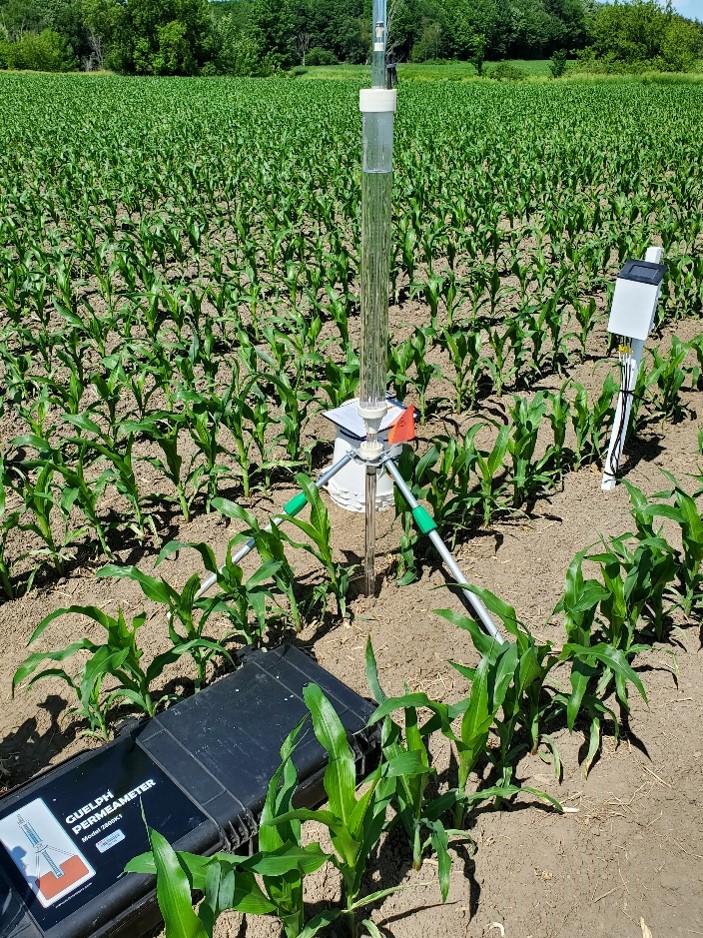This Living Lab project is located across three small watersheds from the province of Quebec: the Rivière du Bois-Blanc watershed, the Rivière du Pot au Beurre watershed, and a region called the South Shore of Lac Saint-Pierre watershed. These territories are a part of the large watershed of Lac Saint-Pierre, a basin in the St. Lawrence Seaway between Trois-Rivières and Sorel-Tracy. Living Lab – Quebec was developed through the collaboration of Agriculture and Agri-Food Canada (AAFC), the Union des producteurs agricoles du Québec (UPA), and a variety of local producers and partners. Approximately 50 farmers are taking part in this project. Like the other projects in the Living Labs Initiative, the over-arching goal is to foster and accelerate the adoption of better agricultural practices through the direct implication of producers in the research process. First, through information and co-development meetings, the participating producers and collaborators have identified three environmental priorities for the region: soil management (climate change and soil quality), water quality, and biodiversity. Moreover, livestock feeding, and waste management were identified as complementary research themes. The Living Lab initiative seeks to study each theme through the framework of climate change. Second, research activities oriented towards cover crop rotation, riparian buffers and their impacts on biodiversity, water management, microbiome and soil health, livestock feeding, and waste management have been implemented on participating farms in a context of real production.
